Maintaining stable blood sugar levels during pregnancy and postpartum is essential for energy, mood, and long-term metabolic health. Hormonal shifts, increased insulin resistance, and fluctuating energy demands make this period especially sensitive to blood sugar spikes and crashes. While nutrition plays a key role, physical activity—especially balance and stability training—can significantly support glucose regulation.
This 40-minute, no-equipment balance routine is designed specifically for expectant and new mothers. It combines functional movements that enhance core stability, improve circulation, and promote steady glucose metabolism—all without requiring any gear or a lot of space.
Balance exercises may seem unrelated to blood sugar, but they activate deep stabilizing muscles—especially in the core and pelvic floor—which increases glucose uptake by muscle tissue. This process helps lower blood glucose naturally. Additionally, low-impact, mindful movement reduces stress hormones like cortisol, which can otherwise elevate blood sugar.
During pregnancy and postpartum, the body undergoes significant physical changes. The center of gravity shifts, joints become more mobile due to relaxin, and core strength often diminishes. Targeted balance work supports postural alignment, reduces injury risk, and enhances insulin sensitivity—making it a powerful tool for metabolic wellness.
Perform this routine 3–4 times per week. Move slowly and with control. Focus on form over speed. Each exercise should be done barefoot or in non-slip socks on a stable surface.
Begin with gentle movements to awaken the body and prepare the nervous system.
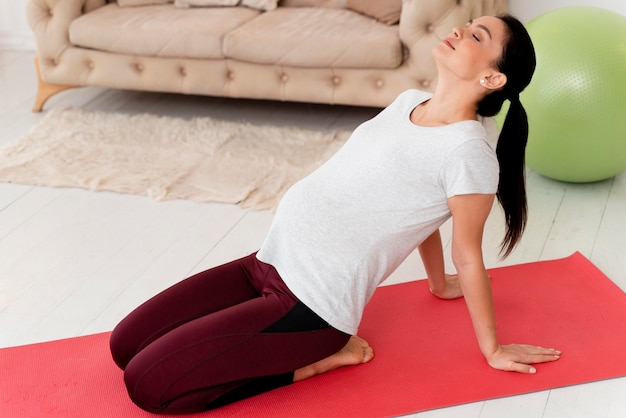
Complete 3 rounds of the following circuit. Rest 30 seconds between exercises and 1 minute between rounds.
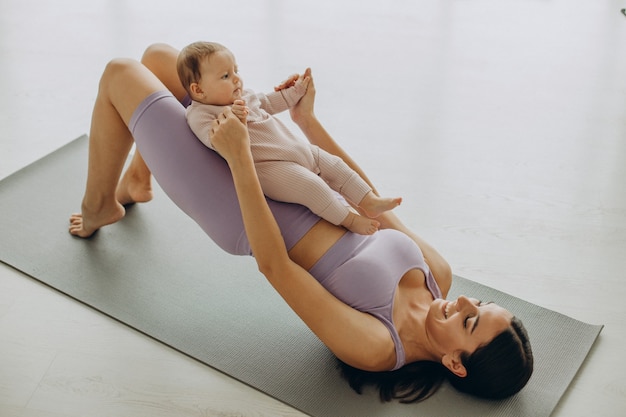
These subtle but powerful movements support core integrity and improve metabolic function.
Gently release tension and support nervous system regulation.
Consistency is key. Use these simple checks every 2 weeks to monitor progress:
This no-equipment balance routine is a sustainable, science-backed way to support metabolic health during one of life’s most transformative phases. By building stability from the ground up, you’re not just strengthening your body—you’re creating lasting balance for your blood sugar, too.

Wellness

Wellness

Wellness

Wellness
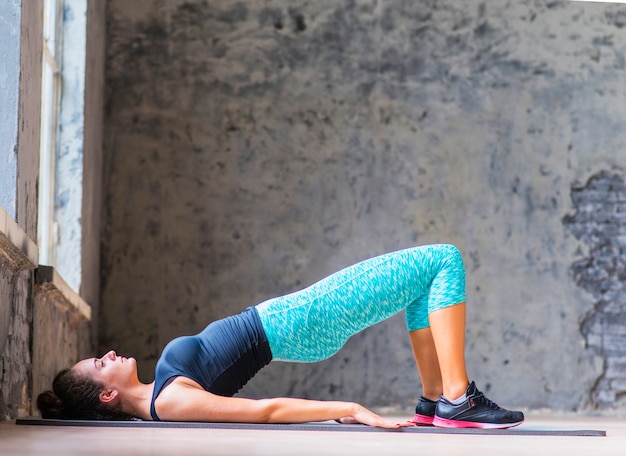
Fitness

Fitness

Fitness
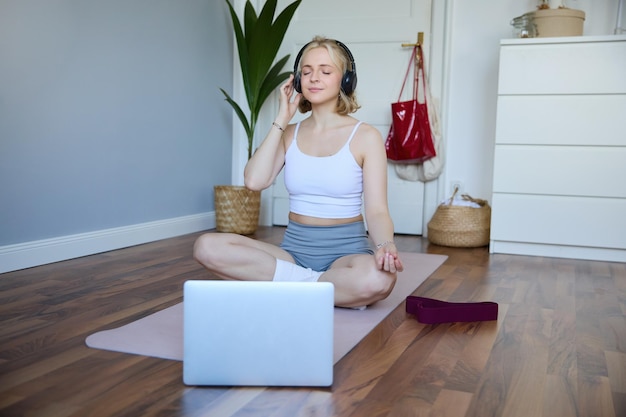
Fitness
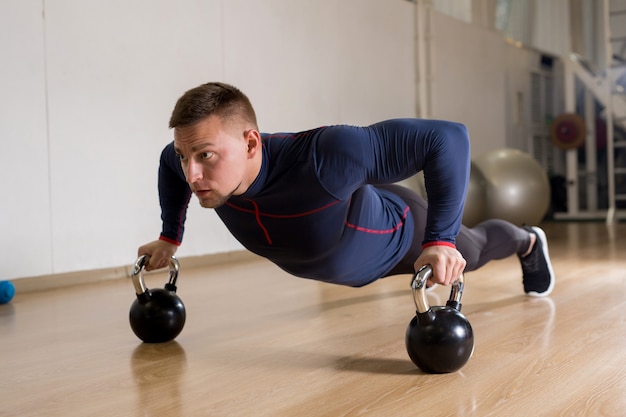
Fitness
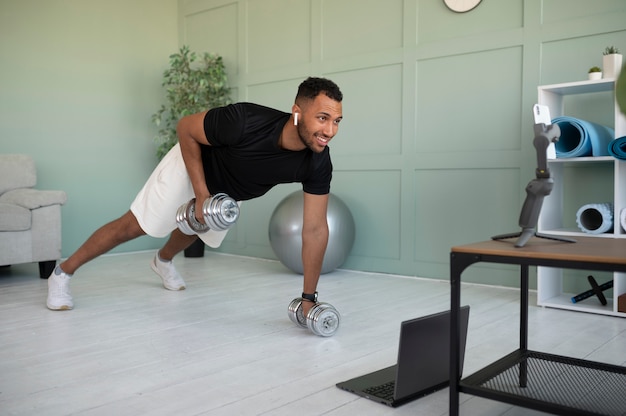
Fitness

Wellness

Health

Health

Fitness

Health

Health